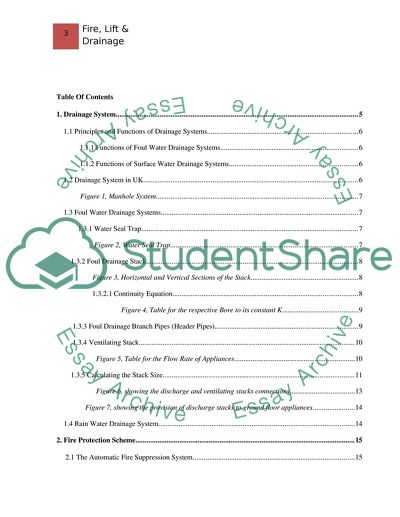Cite this document
(Fire Protection, Vertical Transportation (Lifts) and Drainage Services Case Study, n.d.)
Fire Protection, Vertical Transportation (Lifts) and Drainage Services Case Study. Retrieved from https://studentshare.org/engineering-and-construction/1732355-report-on-fire-protection-vertical-transportation-lifts-and-drainage-services-provision-for-a-commercial-building
Fire Protection, Vertical Transportation (Lifts) and Drainage Services Case Study. Retrieved from https://studentshare.org/engineering-and-construction/1732355-report-on-fire-protection-vertical-transportation-lifts-and-drainage-services-provision-for-a-commercial-building
(Fire Protection, Vertical Transportation (Lifts) and Drainage Services Case Study)
Fire Protection, Vertical Transportation (Lifts) and Drainage Services Case Study. https://studentshare.org/engineering-and-construction/1732355-report-on-fire-protection-vertical-transportation-lifts-and-drainage-services-provision-for-a-commercial-building.
Fire Protection, Vertical Transportation (Lifts) and Drainage Services Case Study. https://studentshare.org/engineering-and-construction/1732355-report-on-fire-protection-vertical-transportation-lifts-and-drainage-services-provision-for-a-commercial-building.
“Fire Protection, Vertical Transportation (Lifts) and Drainage Services Case Study”, n.d. https://studentshare.org/engineering-and-construction/1732355-report-on-fire-protection-vertical-transportation-lifts-and-drainage-services-provision-for-a-commercial-building.


